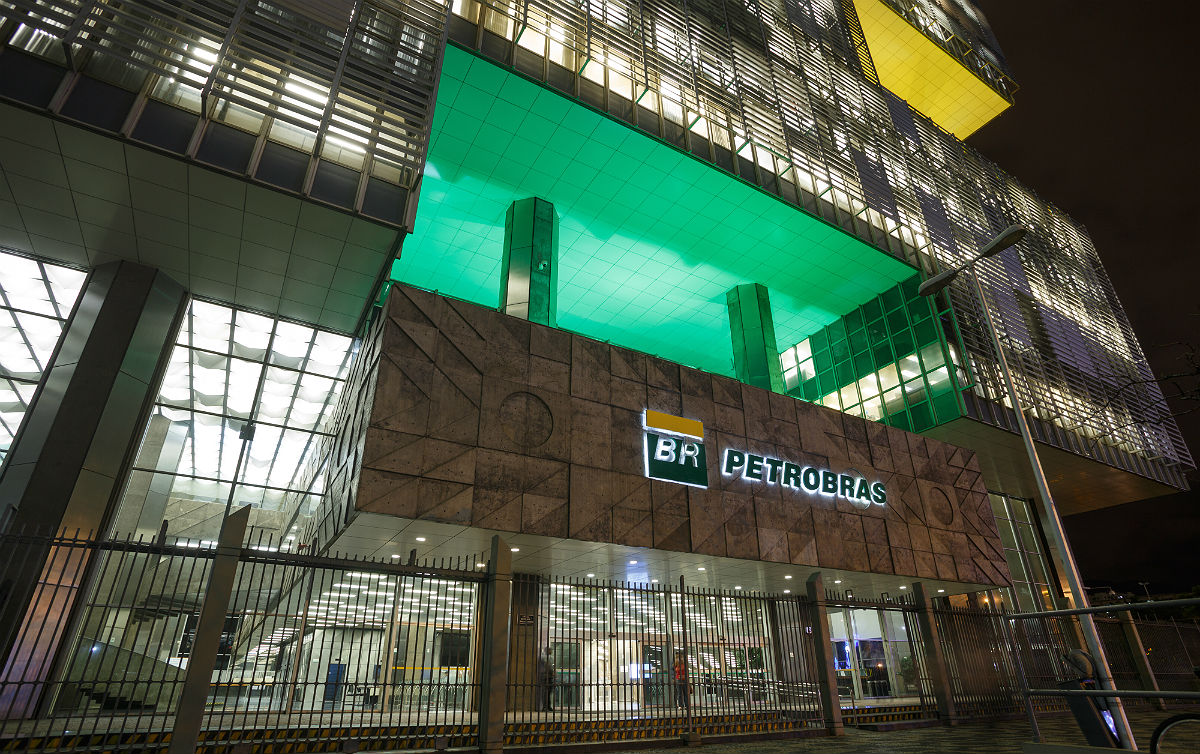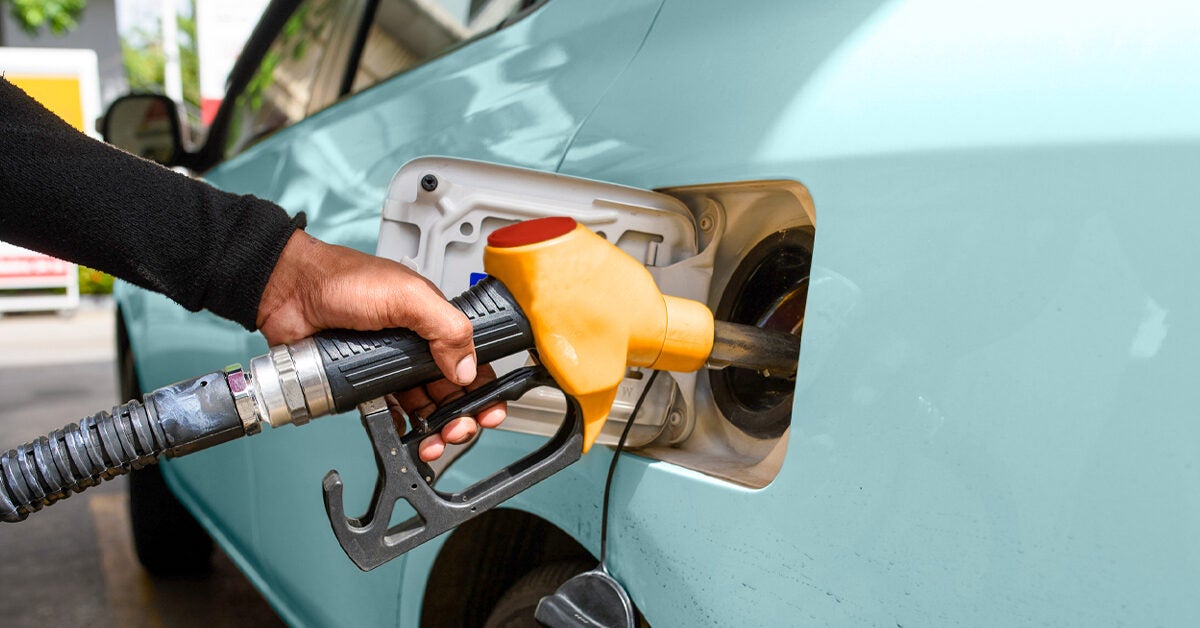
While the trade balance as a whole ended 2021 with a record surplus, the manufacturing industry saw its deficit deepen to $53.3 billion, the worst result since 2014. In the pre-pandemic period, in 2019, the negative balance was $42 billion, according to data from the Institute for Industrial Development Studies (IEDI).
In another type of calculation, by product class, a survey by the Brazilian Foreign Trade Association (AEB) shows that the deficit in manufactured goods reached $111 billion last year, the worst since at least 2000. The difference is almost $40 billion compared to 2019, when the deficit in this calculation was $82.7 billion.
The deficit in the manufacturing industry last year deepened even with the 26.3% increase in sector exports compared to 2020. In comparison with 2019, there was also a rise: 14%. Imports, however, grew at a faster pace. From 2020 to last year, it was up 35.1%.
“It is also necessary to point out that there is a low basis for comparison,” points out economist Rafael Cagnin, with IEDI. Even before the pandemic, he recalls, in 2019, exports from the manufacturing industry fell by 5.2% against the previous year, under the effects of the trade conflict between the U.S. and China and the already weakened Argentine economy.
More than the size of the deficit, says Mr. Cagnin, what is more, worrying is the sharp deterioration in sectors with greater technological intensity, important not only for providing economic dynamism but also for greater insertion in global production chains. IEDI’s series since 1997 shows that in 2013 the manufacturing industry had the worst deficit ($65.3 billion).
In that year, the medium-high and high-tech sectors accounted for 36.1% of total manufacturing industry exports. Last year the share was 27.6%. In these two technological bands are the aircraft, pharmaceutical, automobile and electrical machinery and material industries, among others.
High technology, specifically, highlights Mr. Cagnin, fell to 3.9% from 6.4% in the same period. In this group, he says, the aircraft industry is still experiencing the overall effects of the Covid-19 pandemic. The scenario shows, however, that the loss of space on the scale had already been happening before.
Mr. Cagnin draws attention to a kind of “mirroring” in the data related to the composition of the import and export agenda according to technological intensity. While 72.4% of manufacturing industry exports are of low and medium-low technological intensity goods and less than 30% are of high and medium-high technology, the opposite is true for imports. In the list of imports, 71.6% are typical goods from the medium-high and high technology industry, and the rest are medium-low and low technology.
“This pattern reflects lags in technology and innovation that have become more pronounced in recent years and that could become even more pronounced,” warns Mr. Cagnin. He recalls that the world is currently undergoing a process of transformation, such as digitalization, which redefines the technological standards that are used in the rest of the world and result in greater competitiveness.
For Mr. Cagnin, integrating into global value chains is crucial to keep in line with this evolution. For this, he says, an environment of modernization and technological innovation is needed, as well as conditions for this insertion. It is necessary, he argues, to advance in the competitiveness and trade integration agenda, which involves the discussion of old and unresolved issues (tax overhaul, for example), as well as new debates related to the technological race and the policies aimed at it.
Trade integration, says Mr. Cagnin, demands a commercial opening that should generate not only imports but also exports. An opening that goes beyond tariff issues, but that allows the country to be in harmony with various regulations, such as phytosanitary and technical standards, traceability mechanisms, seals, and certifications. “There is an opportunity to advance in this integration and set foot in the changing world.”
For Livio Ribeiro, a researcher at the Fundação Getulio Vargas’s Brazilian Institute of Economics (Ibre-FGV) and a partner at the BRCG consultancy, the IEDI data show that Brazil’s strategic position in terms of sectors, comparative advantages, and value-added research and development is very limited to specific segments that have a more global reach. “Furthermore, in the aggregate, our export-oriented manufacturing industry has an overly regional tone. In addition, there is a mid-chain industry that is not competitive in the world and is increasingly less competitive in our region.” A reflection of this, he says, is the loss of market in South America to Asian countries.
For Mr. Ribeiro, it is necessary to assess which sectors may be able to compete and could be the target of a policy in this respect. However, he says, this needs to be done carefully, which allows the sector to walk in its own ways. The evaluation, he defends, should consider the industry in a broad way, with a view to the best cost-benefit for the country.
The data compiled by AEB, based on a survey by the Foundation for Foreign Trade Studies Center (Funcex), also show that the loss of share of manufactured goods in total Brazilian exports is a long-standing phenomenon. In 2011, they accounted for 36.1% of shipments, a share that dropped to 27.4% last year. It was the basic products that advanced in the period, to 59.4% from 47.8% of Brazilian exports, almost seven percentage points more than in 2019. Semi-manufactured products had a very similar share, to 13, 2% in 2021 from 14.1% in 2011.
AEB’s president José Augusto de Castro points out that the share of manufactured goods was the lowest since 2000. The greater shipment of basic goods, a class made up mainly of agricultural and metallic commodities, is due to the high Brazilian productivity in these sectors, which has provided robust trade surpluses for the country. He argues, however, that greater conditions of competitiveness are needed to stimulate the export of manufactured goods with higher added value, which would also contribute to the generation of more jobs in the country.
Haroldo Ferreira, executive president of footwear industry association Abicalçados, says that exports contributed to the recovery of the sector last year. According to the association, the shipment of Brazilian shoes rose 32% in volume in 2021 compared to the previous year. In values, the high was 36%. The biggest foreign market was the U.S.
Daiane Santos, an economist at Funcex, points out that it is necessary to look at the main export destinations for manufactured goods. China, despite being Brazil’s main trading partner, with 31% of Brazilian shipments in 2021, consumed only 2.3% of exported Brazilian manufactured goods. The main buyer of goods in this class was the United States, which absorbed 21.6% of manufactured goods. Argentina was left with 12.9%. In total Brazilian exports in 2021, the two countries had a share of 11% and 4%, respectively.
Source: Valor International



/i.s3.glbimg.com/v1/AUTH_37554604729d4b2f9f3eb9ad8a691345/internal_photos/bs/2022/D/1/cQ4VnMRbyA3x0lSPsU7Q/04agr-100-desogual-b7-img01.jpg)



/i.s3.glbimg.com/v1/AUTH_37554604729d4b2f9f3eb9ad8a691345/internal_photos/bs/2022/r/l/BSOJBuSbmEwnAKo9iiZQ/superavit.jpg)
/i.s3.glbimg.com/v1/AUTH_37554604729d4b2f9f3eb9ad8a691345/internal_photos/bs/2022/T/G/8Ien1AR6qtts7N8tbyiQ/03bra-100-indus-a3-img01.jpg)
